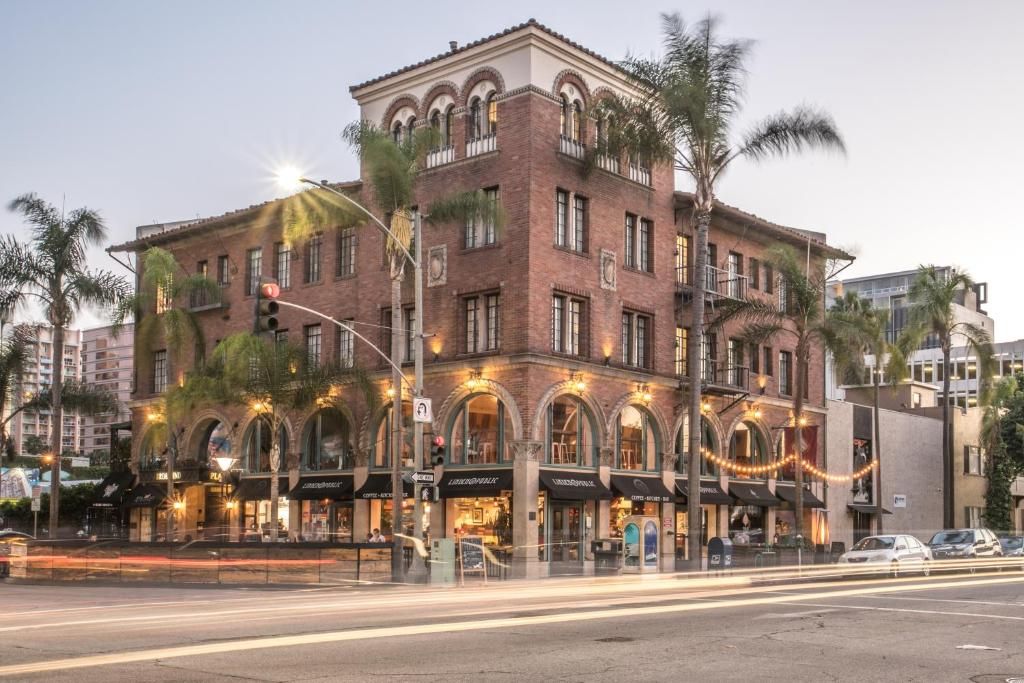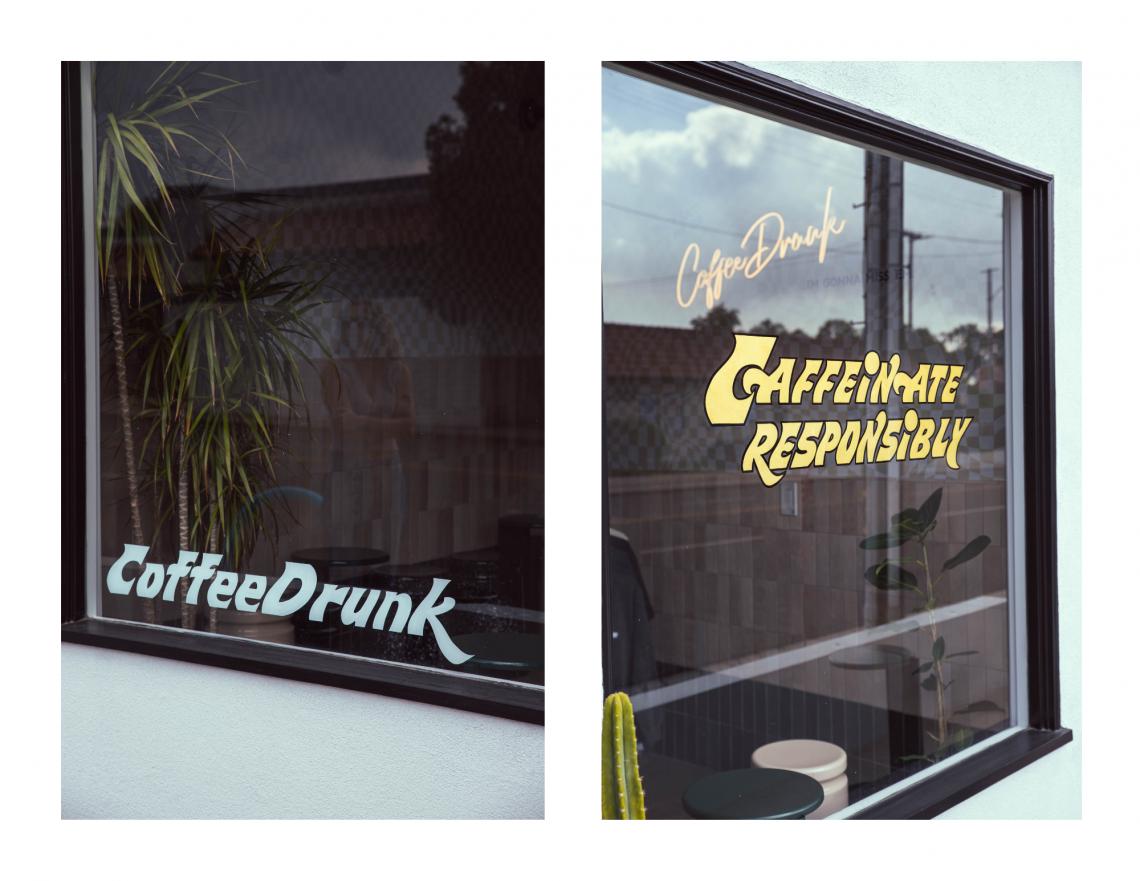Los Angeles Landmark: Union Station LA

UNION STATION
The Last of The Great Railway Stations
BY LINDSEY GOODROW

While the heyday of passenger trains seems like a distant memory, railroads are still of vital significance in today's economy. So vital, in fact, that a current threat of rail strike is casting fears for the nation’s transportation capacity. Trains connect us from sea to shining sea, shuttling cargo—passengers still, but more often freight—across rural landscapes, under and around bodies of water, and through small towns and sprawling metropolises. While railroad stations have dwindled in number since the rise of planes and automobiles, grand railroad stations can still be found all over the country.
Union Station in Los Angeles, for instance, is one of the last great Railway Stations still standing in the United States. More than just a platform and tracks, railway hubs like Union Station unite communities, promote sustainability and mobility, and have come to symbolize our nation’s progress over time.


THE GOLDEN AGE OF THE UNITED STATES RAILROAD
1865 marks the beginning of the golden era of the United States railroad. It also marked the end of the Civil War. For nearly half a century, no other mode of transportation could match this grand network of railroad tracks. At the Golden Era’s peak, during World War I in 1916, this network had grown to span a whopping 254,000 road miles. Weaving all around the country, the railroad offered the fastest and safest means of travel.
There were 80,000 terminals where people gathered in masses. Before widespread use of the telephone and automobile, these depots and terminals were the only places that communities could go to in order to reach and communicate with the outside world.
Before the days of UPS and FedEx, the best way to ship packages was through the Railway Express Agency, which provided door-to-door mail service all over the United States.

UNION STATION
History
Built in 1939, Union Station consolidated three popular local railroad terminals in Southern California; Southern Pacific, Union Pacific, and ATSF (Atchison, Topeka, and Santa Fe). The station was designed to be grand, shiny, and opulent—a symbol of the California Dream. But the fantasy of its perfection faded as soon as it began with the start of World War II.
In an instant, Union Station transformed into a 24-hour, seven-day-a-week operation with as many as 100 troop trains carrying tens of thousands of servicemen through the terminal every day during the six-year war.
By 1972, Union Station was designated as a Los Angeles Historic–Cultural Monument and placed on the National Register of Historic Places in 1980.

Architecture
Union Station was designed by a father-son architect team, John and Donald Parkinson, in the Mission Moderne style, which is an innovative blend of Spanish Colonial, Mission Revival and Art Deco.
Back when it was built, architecture was still synonymous with grandeur. Buildings were constructed to be not only practical, but beautiful and awe-inspiring. The most spectacular railroad stations boasted the city’s wealth and power, and Union Station in Los Angeles is no exception.
The fantastic railroad station, designed in the Mission Moderne style (a blend of Mission Revival and Art Deco) was completed in 1939 for a reported $11 million (estimated as $224 milion in today’s money).
Mission Revival was a common style used for railway depots and is known for its adobe walls, unadorned plaster surfaces, low-pitched roofs made up of clay tiles, and thick arches—all of which are notable aspects of Union Station’s exterior. But this station blends Mission with the Art Deco style, which is known for its sleekness and geometric ornamentation. Art Deco buildings often feature decorative panels that can be found at entrances, around windows, along roof edges. This is most notable on the inside of Union Station, with its incredible use of mosaic tile.

THE MODERN RAILROAD
The modern railroad may not seem as romantic or grand as it once was during its golden era, but they remain relevant and important for the simple fact that they are a transportation hub—and we will always require them as long as we continue to travel and move goods by land. Railroads, like humans, evolve over time. Our railroads are now home to Amtrak, which is the national rail operator connecting America with regional and interstate routes. They also host the bus depots and service trips to places within your city, such as Dodger Stadium, with an express bus running every 20 minutes before the start of a home game.
Railroads still haul the most freight of any form of transport that requires a large cargo volume. —for instance, they haul 40 percent of total U.S. freight. Over the course of a year, the average American consumes enough goods to fill nearly three 40-foot-long containers that are carried along these railroad tracks all over the country.
We might think that railroads and railroad stations are becoming obsolete or are insignificant forms of transportation. But our infrastructure and way of life is dependent on it. Not only is Union Station a historical landmark and architectural gem, but it remains an integral part of modern living.


Categories
Recent Posts


.png?w=1140)







